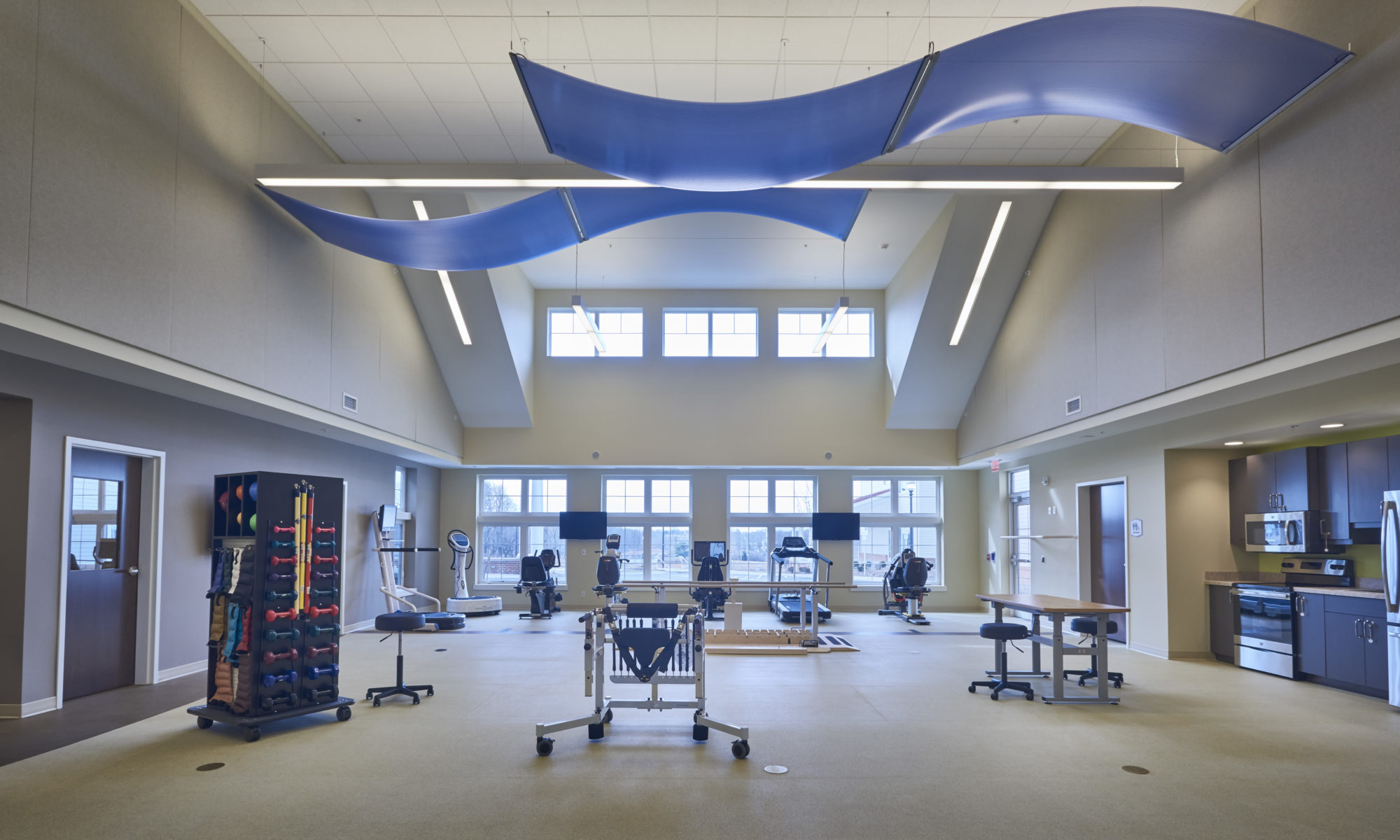Prioritizing infection prevention efforts in rehabilitation facilities

10 tips for enhancing cleaning protocols
By Medline Newsroom Staff | January 13, 2022
Globally, nearly 2.4 billion people have a health condition that benefits from rehabilitation, and the need for rehabilitation is expected to increase as people live longer but with more chronic disease and disability. Many rehabilitation providers have been narrowly focused on trying to prevent a COVID-19 outbreak in their facilities. And while the number of positive cases continues to fluctuate, it is important for providers to think about the other infections that may walk through their door, especially as COVID-19 collides with the flu season.
To help minimize infection risk in rehabilitation facilities, Medline rehabilitation and therapy expert Jaime Stoffer, PT, DPT, shares 10 tips for enhancing cleaning protocols.
- Make surface cleaning a priority. Pay attention to porous and frequently-used areas that may be missed while cleaning, such as stairs or kitchens. Also, consider replacing surfaces to be non-porous such as stainless steel training stairs over those made from hardwood as they are easier to keep clean.
- Properly apply disinfectants. Are you allowing disinfectants to work the required amount of time before utilizing the surface? Each disinfectant has a recommended treatment time, often different from the drying time, which should be met before a surface is utilized again. Keep disinfectants in multiple areas around the clinic, especially near strengthening equipment, tables and in the lobby.
- Use UV to disinfect small and hard to reach areas. UV light can provide a quick way to disinfect hard-to-reach places and small objects often utilized in therapy. The Lumin® Wand is a great tool to keep frequently-used items clean.
- Utilize single-patient use supplies. Common therapy supplies such as bands, putty and electrodes should be utilized on only one patient. When available, swap these supplies for antimicrobial versions like Microblock® They can help reduce the risk of cross-infection where your products are stored.
- Repair holes in vinyl surfaces. Patch all holes in vinyl surfaces that may collect bacteria by resurfacing, replacing or patching with items like FDA approved Cleanpatch® for safety.
- Rely on portable equipment for flexibility. Bringing equipment to the patient or in their room can decrease the risk of pathogen exposure across a facility. Ensure the equipment is wipeable and adequately cleaned before and after treatment. Types of portable equipment can include strengthening, balance and even modalities such as the Continuum® NMES device and the Spectramed® Aspire®.
- Make available PPE for all sizes. Personal protective equipment (PPE) is a sure way to protect clinicians and patients. Ensuring adequate supply and size availability can improve utilization compliance. Make sure you have adequate stock of gloves and other supplies for your staff. Store in easily accessible areas and accommodate all sizes.
- Provide safe dispensing of emollients. Whether it’s ultrasound gel or emollient, preventing cross-contamination while safely dispensing lubrication is important. Mark all products with open and/or expiration dates, if applicable, to properly track product usage. When available, select products that are single-patient use, such as Hawkgrips® single-use emollient, or that have nozzles to decrease the risk of contamination. Keep appropriate supplies nearby, like tongue depressors, if needed to dispense.
- Improve environments that hold water and create strong protocols for monitoring. Splint baths and hydrocollators utilize warm water to deliver moist heat or shape thermoplastics. Unfortunately, these devices require temperature monitoring and frequent cleaning. Innovative solutions such as the Strava® splint bath and Hydratherm® have built-in infection prevention features, and require less frequent cleaning. Hydraheat® hot packs allow for easy disinfection with a non-porous exterior.
- Prevent skin contact to equipment. When using paraffin, compression wraps or thermal modalities, limit direct skin exposure to prevent cross-contamination between patients with liners, or other barriers. Wipe down all surfaces afterwards.
“The increased focused on infection prevention has placed a magnifying glass on all areas of the clinic, beyond just wiping down tables and fitness equipment. It is important to consider though that disinfection measures are not a one size fits all approach. Some therapy spaces need to make more changes than others so it’s important to assess the needs of your rehab space,” said Stoffer.
Learn more about how Medline helps fight the spread of infection across the continuum of care.
Medline Newsroom Staff
Medline Newsroom Staff
Medline's newsroom staff researches and reports on the latest news and trends in healthcare.
